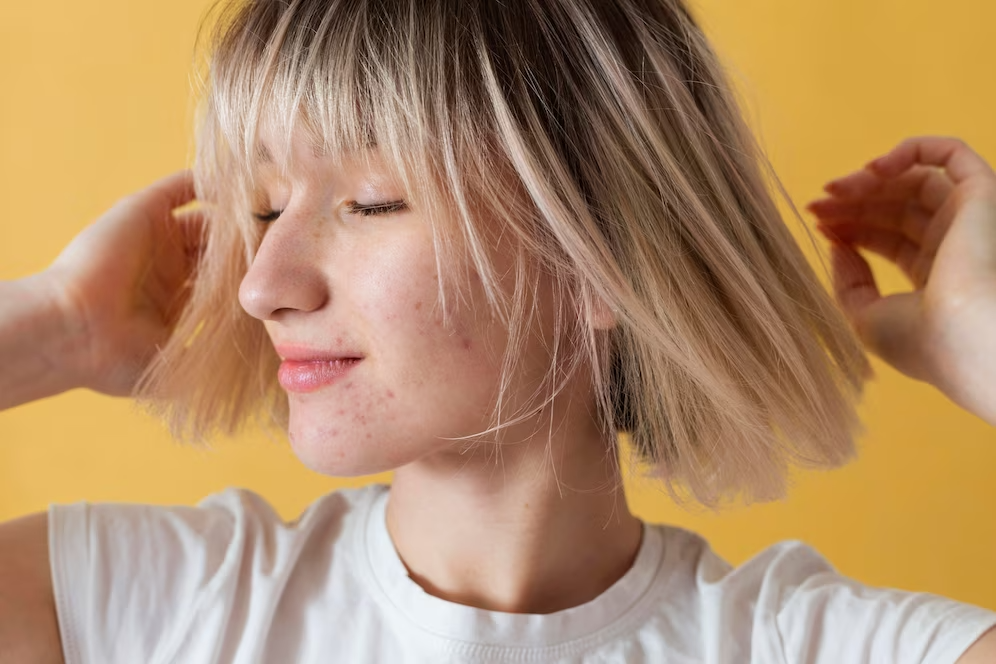Types of Acne Breakouts: Understanding the Different Forms and How to Manage Them

Discover the characteristics and management of blackheads:
- Appearance: Blackheads are open comedones that appear as small, dark bumps on the skin’s surface. They result from clogged hair follicles filled with excess oil and dead skin cells.
- Management: Proper cleansing, exfoliation, and the use of salicylic acid or benzoyl peroxide can help unclog pores and prevent blackheads from forming.
Explore the features and care for closed comedones:
- Appearance: Closed comedones, or whiteheads, are small, white or flesh-colored bumps that develop under the skin’s surface. They form when hair follicles become clogged with oil and dead skin cells.
- Management: Gentle exfoliation, non-comedogenic skincare products, and topical treatments containing retinoids can help treat closed comedones and prevent new ones from forming.
Learn about papules and how to manage them:
- Appearance: Papules are small, raised, red or pink bumps on the skin. They occur when the walls around the pores break down due to inflammation, causing the surrounding tissue to become tender.
- Management: Avoid picking or squeezing papules, as this can worsen inflammation. Use a gentle cleanser, non-comedogenic moisturiser, and over-the-counter benzoyl peroxide or salicylic acid treatments to reduce redness and swelling.
Understand pustules and their care:
- Appearance: Pustules are similar to papules but have a white or yellow center filled with pus. They can be painful and appear inflamed.
- Management: Refrain from picking at pustules to prevent scarring. Apply warm compresses to reduce inflammation, and use benzoyl peroxide or topical antibiotics to speed up healing.
Explore nodular acne and its management:
- Appearance: Nodular acne consists of large, painful, solid bumps beneath the skin’s surface. They develop deep within the hair follicles and are often accompanied by inflammation.
- Management: Nodular acne typically requires professional intervention. Consult a dermatologist for treatment options, which may include prescription medications, corticosteroid injections, or other targeted therapies.
Understanding the various types of acne breakouts empowers you to take a proactive approach to skincare. While many over-the-counter treatments can be effective for mild forms of acne, it’s essential to consult a dermatologist for persistent or severe cases. Remember, a consistent skincare routine, proper cleansing, and targeted treatments can help manage and alleviate acne breakouts, promoting healthier, clearer skin. By tailoring your approach to the specific type of acne you’re dealing with, you can achieve your skincare goals and embrace a more confident and radiant complexion.
